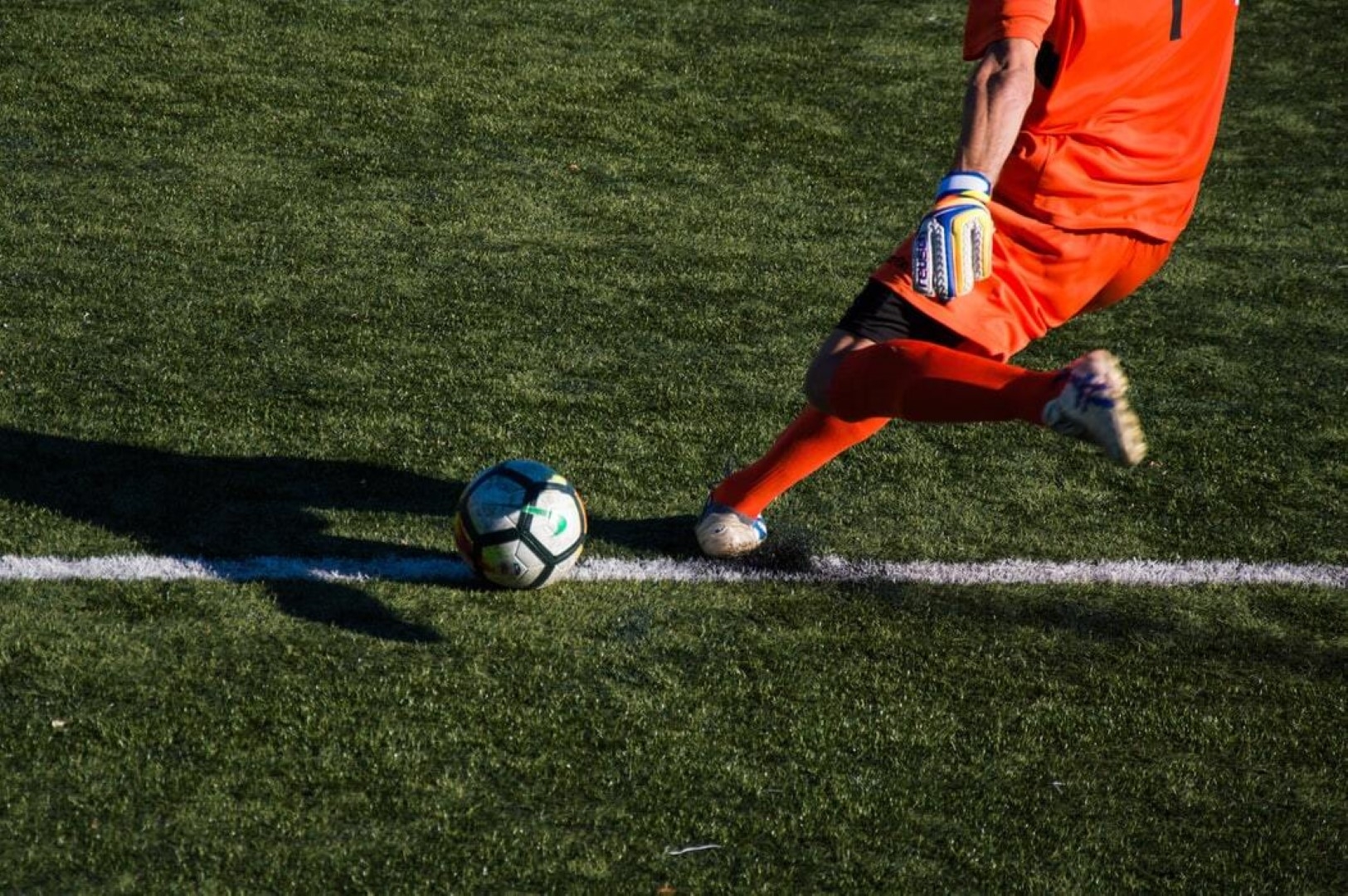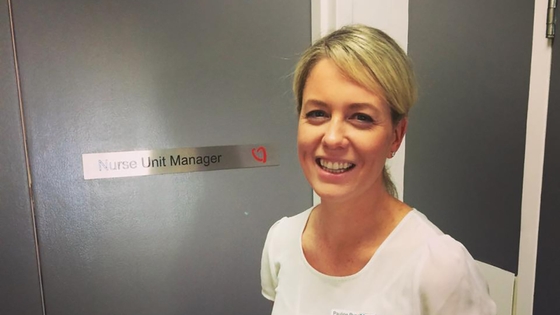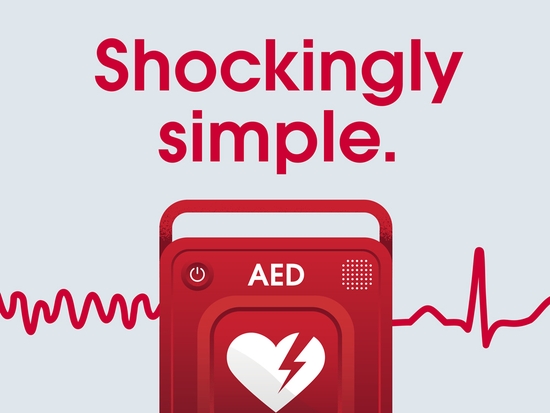
Cardiac arrests in young people
What causes them, can they be prevented or treated?
This is a shortened version of an article written by Dr Jessica Orchard, a Heart Foundation Postdoctoral Fellow at The Centenary Institute, University of Sydney. The article first appeared in The Conversation and is reprinted with Dr Orchard’s permission.
On June 12, 2021, 16,000 spectators at Copenhagen’s Parken Stadium and millions of viewers around the world watched in shock as Danish midfielder Christian Eriksen’s heart stopped.
Late in the first half of Denmark’s opening game of the Euro 2020 soccer tournament against Finland, the 29-year-old was running and suddenly collapsed. It appears he suffered a sudden cardiac arrest.
Fortunately, he was quickly attended to by a medical team with full resuscitation equipment, who administered CPR and successfully used a defibrillator to restart his heart.
Cardiac arrests during sport are extremely rare. If you’re playing sport next weekend, you should go ahead in the knowledge it’s almost certain not to happen. The benefits of exercise far outweigh the risks.
But because events like this do happen, albeit very rarely, we need public venues to have good emergency plans to improve survival, including the widespread availability of defibrillators.
There have been some recent improvements in this regard in Australia. For example, defibrillators are now installed in all Coles and Woolworths stores nationally, and there are several programs to support rollout of defibrillators and emergency action plans to community sports clubs. But there’s still room for improvement.
Am I at risk? How often does this happen?
Sudden death from cardiac arrest in a young person is a very rare but tragic outcome. The baseline risk in Australia for people under 35 is 1.3 per 100,000 people per year, with 15% occurring either during or immediately after exercise.
Across all ages, there are 20,000 sudden cardiac arrests in Australia that occur out of hospital every year and sadly, only 10% of people survive.
A cardiac arrest is when the heart stops pumping blood around the body, and it can occur due to a heart attack or another cause.
The major causes of cardiac arrest depend on age. In people over 35, the vast majority are caused by coronary artery disease, where arteries supplying blood to the heart are blocked or damaged.
In people aged under 35, there’s no single major cause of cardiac arrest. Some of the conditions that can cause cardiac arrest in young people include:
- a condition where the heart muscle becomes too thick, called “hypertrophic cardiomyopathy”
- other conditions of the heart muscle that make it harder for the heart to work properly (called “cardiomyopathies”)
- a condition called “Long QT syndrome” which can cause a dangerously erratic heartbeat
- “Brugada syndrome”, which is a heart rhythm disorder.
However, 40% of sudden cardiac deaths in young people remain unexplained even after autopsy.
Is cardiac screening the answer?
Cardiac screening in young people looks for certain heart abnormalities that haven’t yet been detected. It’s common for elite and professional athletes in Australia and internationally.
This screening usually includes a “12-lead electrocardiogram” or ECG, which is a painless test that involves putting some sticky dots on the body and recording the electrical activity of the heart over a ten second period.
However, ECG screening cannot detect all the conditions that can cause sudden cardiac arrests. This is because some conditions don’t show ECG abnormalities before a cardiac arrest.
Eriksen’s condition was likely in that category because we know he had regular heart screenings while at Tottenham and these hadn’t shown any problems.
Other than in professional athletes and those with a family history, most health organisations don’t recommend widespread screening of younger people because the risk of cardiac arrest is so low overall.
How else can we prevent sudden cardiac death? Defibrillators and data
The best strategy for preventing sudden cardiac death at any age is having defibrillators widely available. A defibrillator is a device that can analyse the heart’s rhythm and deliver an electric shock if needed. This can shock the heart back into a normal rhythm.
While they obviously can’t stop the cardiac arrest happening in the first place, they are crucial to survival once they do happen. Early access to a defibrillator can increase the survival rate to almost 90%.
However, access needs to be very quick, ideally within 2–5 minutes.
We also need as many as people as possible to be regularly trained to provide CPR, and venues such as schools and sporting stadiums need to have good cardiac emergency plans so they can respond effectively if someone’s heart stops.
Some of the conditions that are diagnosable before a cardiac arrest run in families, such as “Long QT syndrome”, so it’s important to seek medical advice for anyone with a family member who has had cardiac arrest under the age of 40.
Importantly, anyone who has any worrying symptoms, especially fainting or collapse during exercise, should seek medical advice.
Finally, research projects such as the Australian End Unexplained Cardiac Death (EndUCD) registry are urgently needed to identify the underlying causes of cardiac death in young people so we can prevent deaths from sudden cardiac arrest.
.jpg?width=560&height=auto&format=pjpg&auto=webp)
What is a cardiac arrest?
With immediate help a cardiac arrest can be survived. Learn what the signs of cardiac arrest are, why it’s different to a heart attack, and the steps you need to talk to help someone in cardiac arrest.

A nurse shares her top recovery tips for young cardiac patients
My name is Pauline; I’m a nurse, and my experience covers working in cardiothoracic care, cardiology, intensive care and a cardiac preadmission clinic.

Shockingly Simple
Learn what an AED is and what you can do during a cardiac arrest.
Last updated09 November 2025